
WineArchitecture
From Cellar to Cult
.jpg) |
September 22, 2005 - February 6, 2006
open daily from 10:00 to 19:00, on Wednesdays until 21:00
admission: EUR 5.00 / EUR 3.50 discounted
curators: Martina Grabensteiner, Kerstin Gust
catalog: Hatje Kantz Verlag
The best exhibition I visited this year is titled "WeinArchitektur" - "Wine and Architecture" ("Winery Architecture" or "Architecture of Wine"?). It was organized by the Vienna Architecture Center and deals with the phenomenon of the last twenty years - the mutual coexistence of wineries and modern architecture.
The general public is familiar with winery buildings such as Dominus in Napa Valley or Loisium in Langenlois, but the wave of winery architecture is much larger. Winemakers have chosen architecture as a marketing tool, and they did very well. Cultivating and producing wine is, in a way, an art. Wine is not consumed in hectoliters like beer but is savored. Similarly to architecture. In addition to modern architecture, labels and overall graphic presentation of individual vineyards have also experienced a revival.
The trend of architecture has spread very quickly among Austrian winemakers, and over 60 buildings have been realized so far. The boom is driven not only by the marketing interests of the winemakers themselves but also by the fact that many young architects returned to their regions after graduation and started designing modern architecture there. A significant reason for the realization of new winery buildings was the change in technology to meet world standards. The pioneers of the new typology of winery buildings were three studios - Hempel + Fonatti, Anton Mayerhofer, and Werner Schüttmayr. Subsequently, the number of creators grew. Personally, I consider the Hillinger winery with Small Hill wine to be the most successful. The double L seems to penetrate even into the spatial concept of the building, and the "double L" also plays a main role in the graphic design of the label. This building was presented in the last Construction. The wineries Loimer, Krispel, or Gols are not to be overlooked either. The variety of materials and forms is pleasing and definitely won't get boring; rather, you look forward to the next realization. Contemporary Austrian architecture is strong. And it is not digital at all. Amazing.
The exhibition installation itself is excellent. It is incredibly great. At first, I did not realize the concept because I was absorbed by the clever construction of the exhibition boxes, whose side walls are made of cement board. The floor of the Alte Halle exhibition consists of these as well. A pure white exhibition drawer is set between the cement board sidewalls, illuminated by fluorescent lights, creating continuous light strips. The exhibition tables-strips end in mirrored walls, resulting in an optically infinite space. This is clearly visible in the attached photographs. The overall concept is a spatial abstraction of the vineyard. It is great and sexy.
The strips represent the individual wine regions in Austria. Each winery is presented with a brief description, an architectural object, and above all, a bottle of the respective wine. This creates an obvious unity of wine and architecture. Part of the exhibition plan includes public tastings of the exhibited wines. The popularity of wine among Austrian architects is evidenced by the fact that at the Prague exhibition of Querkraft, visitors receive a glass of good wine. Wine and architecture are simply a phenomenon in Austria.
> more about the exhibition
The English translation is powered by AI tool. Switch to Czech to view the original text source.
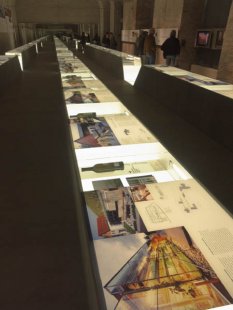
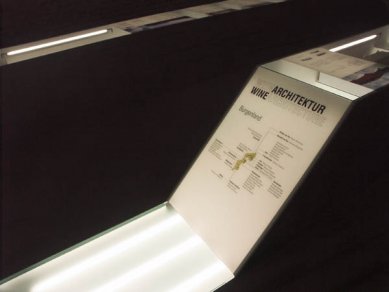
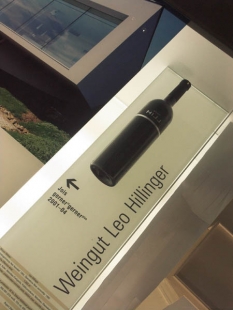
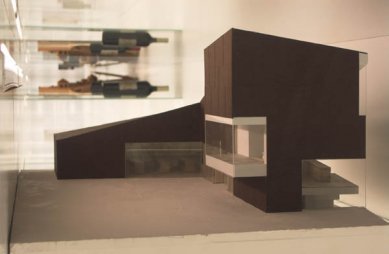
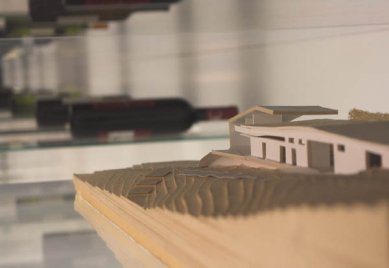
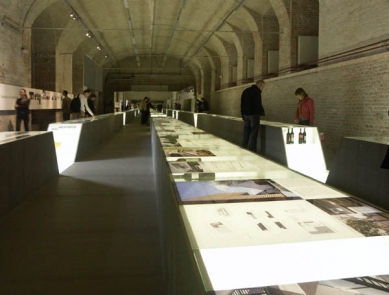
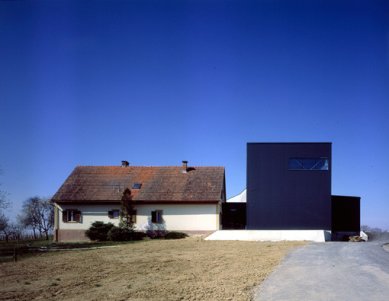

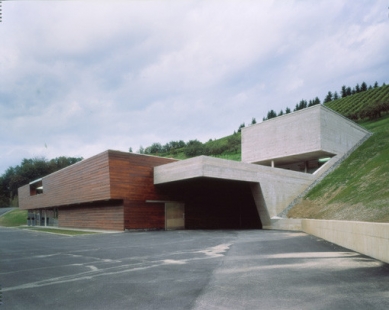
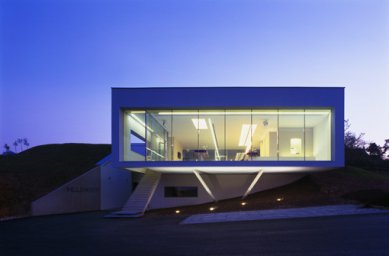
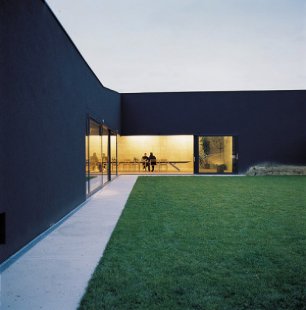
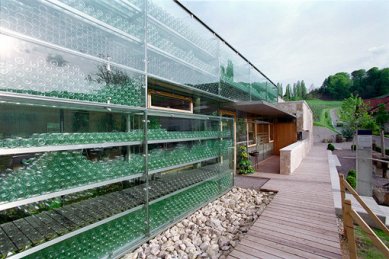
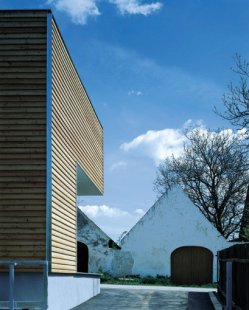
0 comments
add comment












